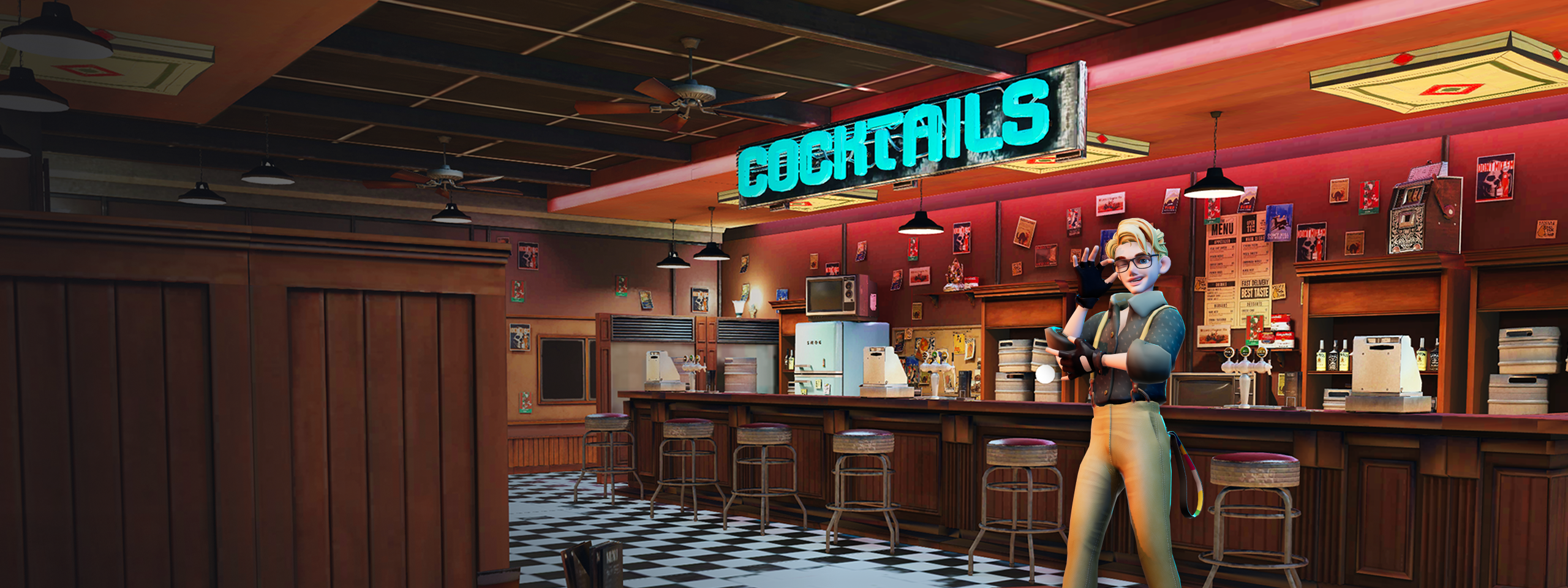 EMERGING TECH
EMERGING TECH
 EMERGING TECH
EMERGING TECH
 EMERGING TECH
EMERGING TECH
Viverse, the open computing platform for virtual worlds from HTC Corp., today announced the release of a suite of tools that will give creators the ability to build and share immersive multiplayer worlds for any device as part of the “metaverse” with no code required.
The metaverse can be described as interconnected, virtual, 3D spaces that use virtual, mixed and augmented reality to allow people to create and interact in shared virtual spaces to connect, work and play. It allows real-time collaboration where people use digital avatars to represent themselves and move freely between immersive experiences.
The new platform, called Viverse Create, provides a foundation for users to experience and build these worlds on VR headsets, mobile or PC and Mac via the web via a no-install feature, all without needing a high-end gaming or VR-ready machine. That means anyone can enter and build a Viverse world with almost any device.
“Application wise our audiences are broken into three pieces. There’s the VTuber slash live event space. Then we have the gamer space,” Andranik Aslanyan, head of growth at Viverse told SiliconANGLE in an interview. “And then the last space is the education space. Because everything is accessible via browser, it’s much easier for a teacher, for instance, if there is educational content on here. They could hop into an experience and show that to their students without having to go through the whole process of getting IT to install something on their machine.”
Aslanyan said that Viverse had spoken to some educational creators on YouTube who made content for kids. Many of the children in their audience already play games such as Roblox, which is well known for user-crafted 3D virtual spaces.
“This would be just like second nature, and the fact that they could produce content for this and then drive their audience there,” Aslanyan added.
Users need only create a digital avatar to join using either a webcam, which will produce a fairly decent image of their face, pick a cartoony avatar of themselves or import a 3D model of themselves. From there they can join any existing Viverse world or begin creating.
There are two ways for users to build in Viverse Create. First is a no-code building tool that allows users to log into a world and import virtual models, assets and media files directly from their web browser or mobile device. This also provides direct integration with the Sketchfab library of 3D and AR experiences, which contains millions of models for free. None of this requires any sort of coding or modeling experience.
“But also, 3D models,” added Aslanyan, explaining that users with advanced skills could bring in virtual avatars or high-fidelity 3D models with animation. “So GLB or VRM files can be imported, and if you import a VRM, so like a skeletal mesh, then you can also import animations onto that character.”
The second way creators can build is by using a browser extension called PlayCanvas, an advanced game engine-style building tool that allows users highly fine-grained control to create immersive virtual interactive experiences. The Chrome extension allows direct control over every aspect of the 3D world, models, animations and intractability including coding and can be used with both code and no-code capabilities. It also permits users to deploy directly to Viverse.
Once created, individual worlds can be published to the entire platform – open to everyone – and published unlisted so only people with a link can join, or they can be set to private so only the user can join the instance.
Aslanyan noted that users could create large-scale public and invite-only experiences that could host numerous users for live events such as concerts. The crowds could be split between multiple instances of 30 to 40 avatars each, all listening to the same music. The host could be reflected in every instance performing and “streaming” music to the audience and would be able to view the same chat.
Viverse Create launched shortly after HTC announced Polygon Streaming, a new technology from the company that reduces the amount of bandwidth needed to send 3D content from a virtual view to a client. Polygon Streaming uses a mixture of server-side processing and client-side rendering to reduce the data used to send 3D objects and processing power needed to render virtual scenes. It can render only what can be “seen” by the user at the time, thus reducing the total amount of computation needed.
Support our mission to keep content open and free by engaging with theCUBE community. Join theCUBE’s Alumni Trust Network, where technology leaders connect, share intelligence and create opportunities.
Founded by tech visionaries John Furrier and Dave Vellante, SiliconANGLE Media has built a dynamic ecosystem of industry-leading digital media brands that reach 15+ million elite tech professionals. Our new proprietary theCUBE AI Video Cloud is breaking ground in audience interaction, leveraging theCUBEai.com neural network to help technology companies make data-driven decisions and stay at the forefront of industry conversations.